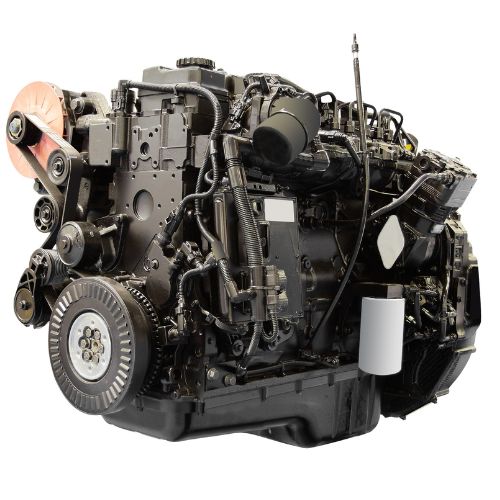BMW N54 Engine
Large Network Of Engine Suppliers
Compare Quotes
Save Money
Save Time
BMW N54 Engine For Sale
Made on the basis of the 3-liter M54B30, this engine is the supercharged version by means of a double turbocharger.
The general architecture, dimensional characteristics and materials are taken from the aspirated 3-liter. It is in fact an in-line 6- cylinder with bore and stroke measurements equal to 84×89.6 mm, for a total displacement of 2979 cm³. Although the most refined N52 engines equipped with the Valvetronic system were already in production, it was decided to rely on the 3-liter M54 because its structure in aluminum alloy with cast iron liners it is better suited to withstand the thermal and mechanical stresses deriving from double supercharging.
Best Engine Replacement Procedure
- Swap the engine’s oil, fuel and oil filters, and coolant.
- Install new engine and external coolers if existing.
- Cleanse the cooling system thoroughly, then replace the water pump.
- Renew necessary hoses and belts.
- Install a new timing belt, spark plugs, and wires.
- Replace essential gaskets and seals, focusing on the oil pan, front, and rear main seals.
- Clear the vehicle’s computer codes before engine installation.
- Ensure the replacement engine matches the original specifications.
- Transfer exhaust manifolds, mounts, distributor, and sensors from the old engine.
- Disable fuel and ignition before ignition to prime the oil.
- Ensure no plugs or tape remain on the engine before installation.
7 Common Mistakes to AVOID!
- Not resetting the vehicle’s computer codes before installation.
- Skipping the step of adding engine oil before the first startup.
- Forgetting to deactivate the fuel and ignition systems, essential for priming the oil.
- Ignoring the replacement of the oil cooler or the radiator’s integrated oil cooler.
- Overlooking the cleaning of the radiator and checking the operation of the cooling fans.
- Not swapping out the flywheel and its securing bolts.
- Trying to initiate the engine’s first run without proper priming.
